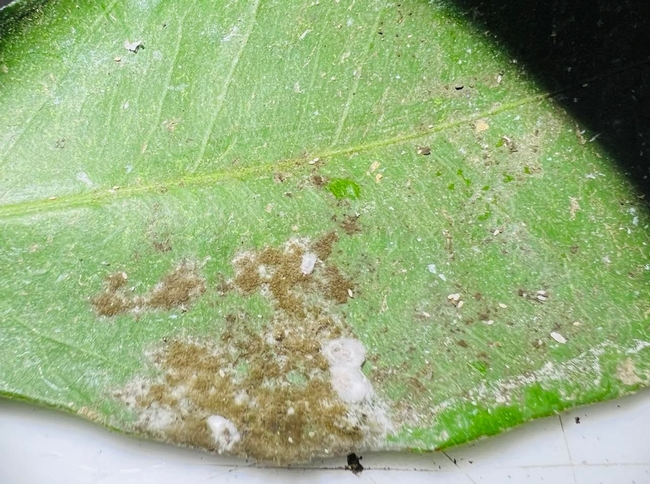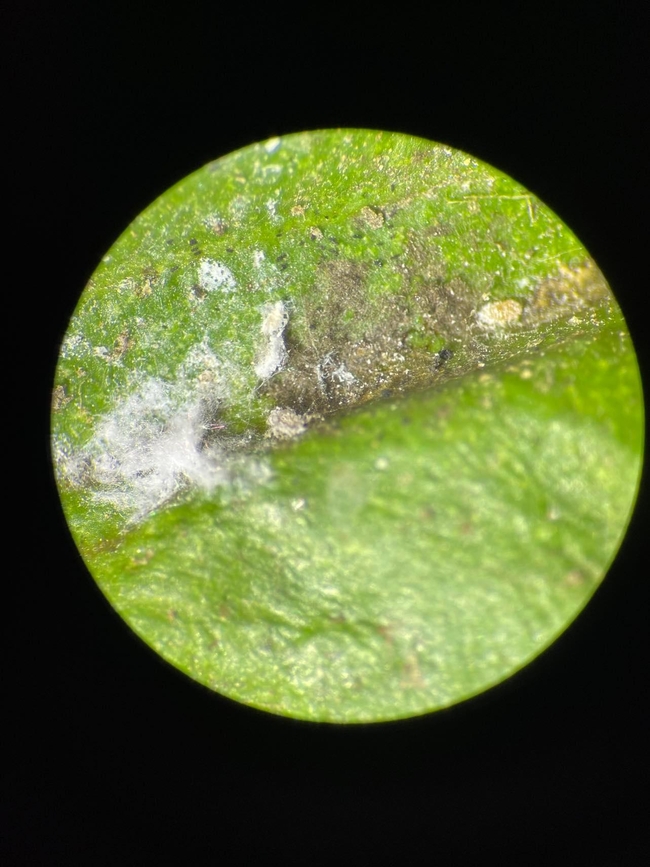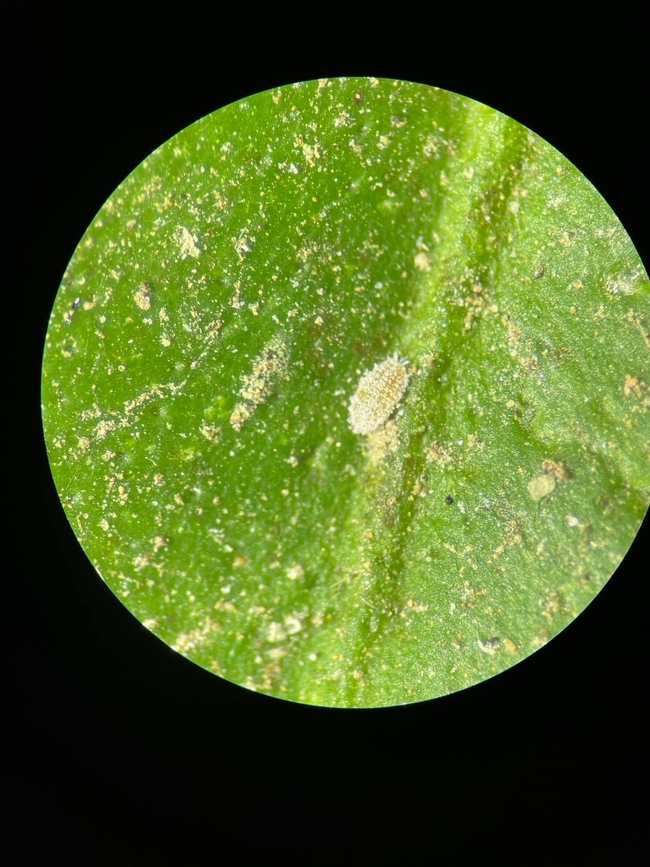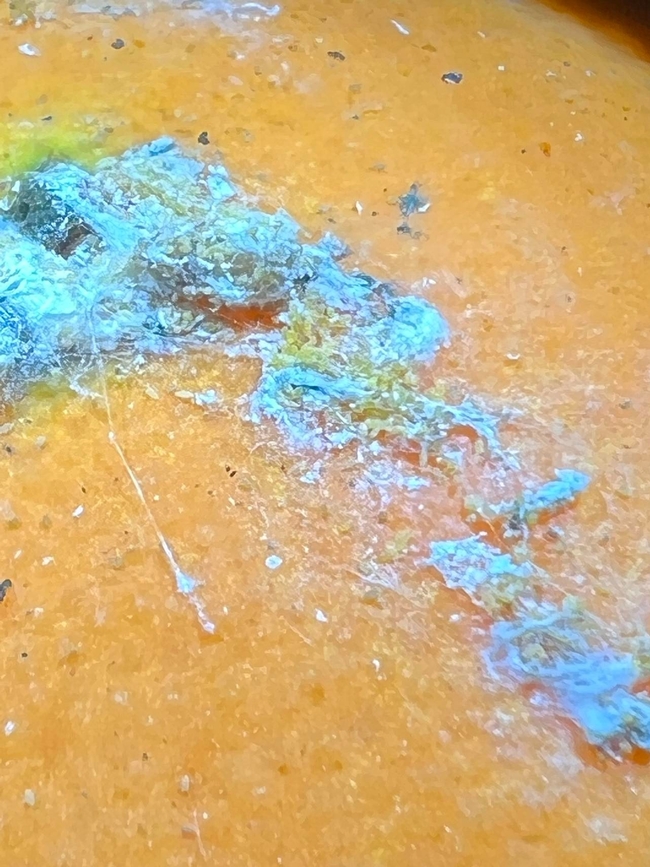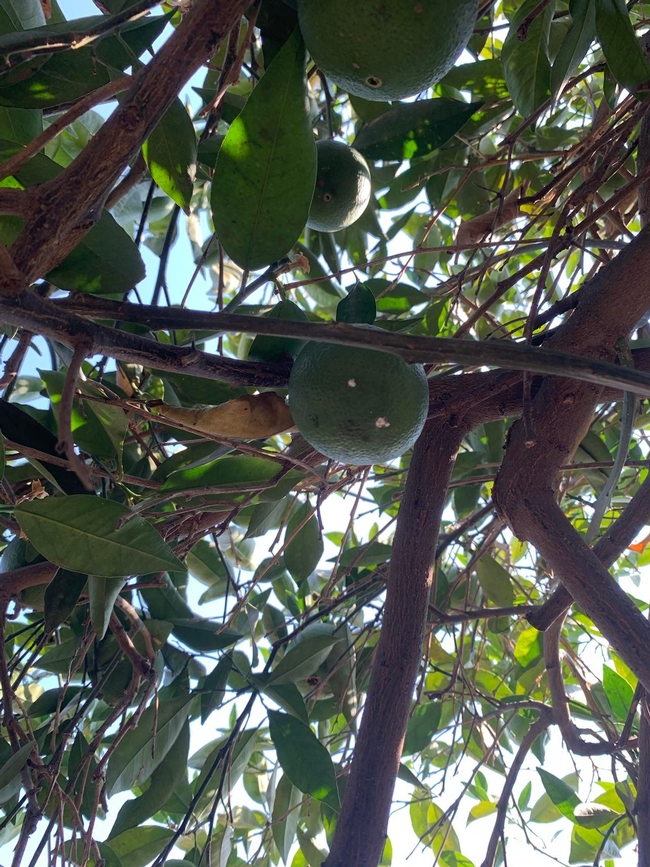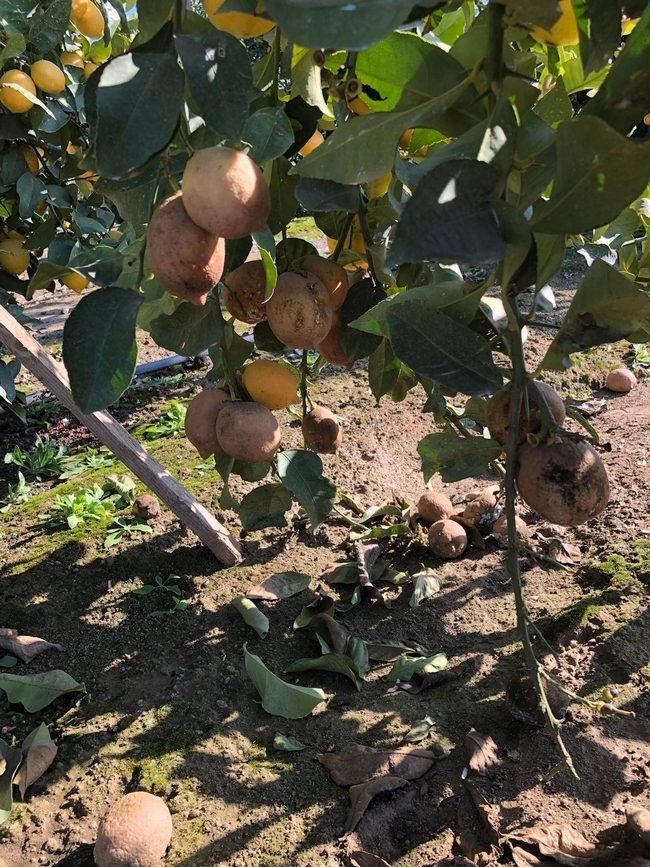Citrus mealybug has been increasing issue in the San Joaquin Valley in last 3 years. It has been reported from Kern, Fresno, Tulare, and Madera counties in the past years. It is a hemipteran pest that feeds on plant sap, reducing tree vigor and affects yield. Mealybug excrete honeydew which gets on leaf and fruit surfaces where sooty mold grows.
Mealybugs are soft, oval flat, distinctly segmented insects covered with white mealy wax, giving it a dusted in flour appearance. Females lay eggs in egg sacs loosely held by white cottony flint. Crawlers when hatched are yellowish in color but soon develop waxy covering once they start feeding. Adult females are 3-5 mm long, wingless, with pinkinsh body covered in white mealy wax. Males are winged and take a longer time to develop then females.
Although seasonal phenology of citrus mealybug in the San Joaquin Valley is not well understood, we found actively producing live female populations (with some egg hatch) in first week January. This means that it is just not cold enough for these insects to trigger their overwintering habits. Mealybugs are know to have multiple overlapping generations per year. Females cannot fly and are dispersed either by crawling between trees, assisted transport by ants, birds, wind, machinery or labor.
With the weather warming up, this is a great time to start checking your orchards, especially if you had mealybug infestation last year. Sampling studies that we initiated this week (February 9, first sampling date) already showed crawler activity.
Where to look for crawlers and first instars?
When eggs first hatch, the crawlers are yellowish in color and found around areas where egg sac is. They soon start feeding and develop a dusty white mealy wax covering. Crawlers usually disperse to neighboring leaves and start feeding and are commonly found along the midrib.
- If you still have fruit on the tree, check the fruit. Mealybug likes clusters, check for any signs of mealybug infestation. Eggs can be present on navel end or the areas where fruit is touching, or where the fruit is joined to the twig.
- On leaves with signs of sooty mold - usually found in inside canopy of the tree.
- Between twigs inside canopy of the tree
